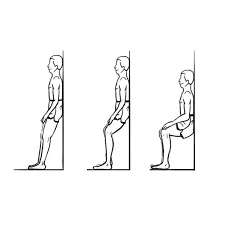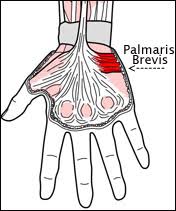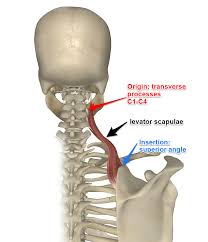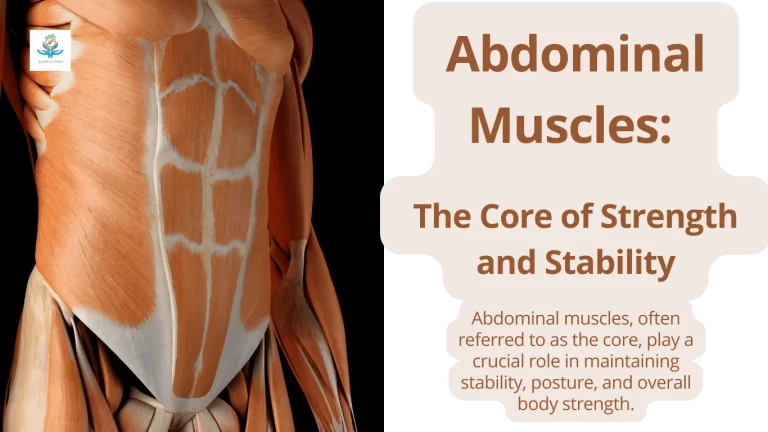Vastus Intermedius Muscle
Table of Contents
Vastus Intermedius Muscle Anatomy
Vastus Intermedius is located centrally, underneath the rectus femoris in the anterior compartment of the thigh and on each side of it: Vastus medialis and Vastus Lateralis respectively. It is one of the four muscles that form the quadriceps femoris muscle. Tensor of Vastus Intermedius is a new muscle that is part of the Quadriceps
Origin
It originates from the upper two-thirds of the anterior and lateral surfaces of the femur and the intermuscular septum.
Insertion
It inserts via the Quadriceps femoris tendon to form the deep part of the tendon and then inserts into the lateral margin of the patella.
Nerve supply
The posterior division of the femoral nerve (L3, L4) supplies the muscle.
Blood supply
The blood supply to the vastus intermedius comes from the artery of the quadriceps and deep femoral artery
Action
Together with other muscles that are part of the Quadriceps femoris, it facilitates knee extension
Strengthening Exercises
1. Wall Squats

- From your starting position, slowly lower your body down and hold for a time.
- As you improve, lengthen the amount of time you hold the wall squat.
- Be sure to keep your pelvis, back, and head against the wall. Keep the movement pain-free.
- Perform 3 sets of 15-20 seconds holds once per day.
2. Step-up Exercise
- Start with a box height that is comfortable for you to step upon.
- Be sure to keep your knee in alignment with your second toe.
- Step up and keep your pelvis level and your knee in alignment.
- Be sure to engage the buttocks muscles and fully lock out the knee.
- Return slowly back down to the ground.
- The focus should be on the slow eccentric (lowering) back to the ground for 1 second up and 3 seconds down.
- Perform 2 sets of 15-20 repetitions once per day.
Stretching Exercise
- Stand holding a chair or the wall for balance
- Bring your heel up behind you, grasp your ankle, and pull your heel towards your buttock, until you feel a stretch, without bending forwards
- This will stretch all 4 of the quads muscles but you can bias the stretch towards the vastus medialis muscle by moving your foot across your body towards the other buttock
- Increase the stretch by pushing your hips forward as you do the exercise
- Hold for 30 seconds and repeat 3 times. Don’t bounce on and off the stretch, it’s much more effective to hold the stretch.
FAQ
Knee extension is the main purpose.
Femoral nerve (L2-L4) innervation. Pain that is referred to: The muscle mainly relates to the mid-thigh’s anterior portion.
The deepest of the four quadriceps muscles—which cooperate to straighten the knee—is the vastus intermedius. It is particularly important for stepping exercises like climbing stairs and squatting.
Seated Isometric VMO and Adduction:
Take a seat with your feet hanging freely from a chair or platform. Your VMO will activate when you place a ball between your thighs and squeeze them together. For ten seconds, hold your contraction. Once more, use your VMO to confirm that it is activated, and as your strength increases, lengthen the contraction.
Between the vastus lateralis and vastus medialis muscles is the vastus intermedius muscle. It begins at the proximal two-thirds of the femur’s shaft, which is the anterior surface of the bone.
It will take 4-6 weeks to fully heal, and in order to restore full function, you will need appropriate therapy. You should speak with your physiotherapist to assist you in recovering fully and prevent a re-tear of the muscle if you want to resume high-impact or high-speed sports.
Together with the vastus lateralis, vastus medialis, and vastus intermedius, the rectus femoris may bend the hip and extend the knee. The proper mobility of the patella depends on the quadriceps’ myoelectric balance.
Between the vastus medialis and vastus lateralis, deep to the rectus femoris, is where you’ll find the vastus intermedius. It cannot be felt and is nearly concealed by the other muscles.
Pain and inflammation in the affected region might be lessened by applying ice. Once or twice a day, try applying cold for ten to fifteen minutes. Compression stops more edema, so gently cover the damaged region with an ace wrap or gentle bandage. Elevation reduces edema.







2 Comments